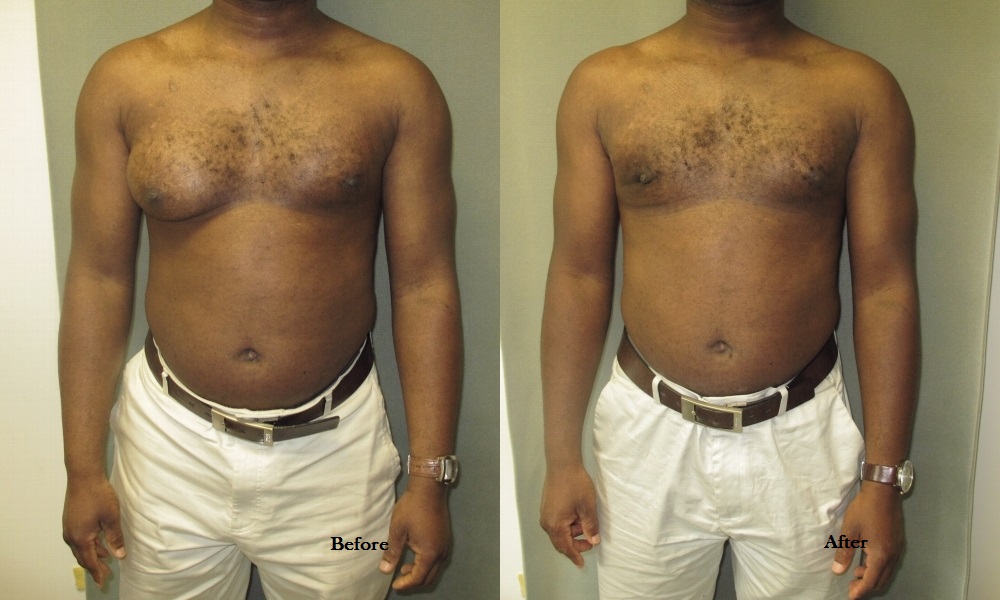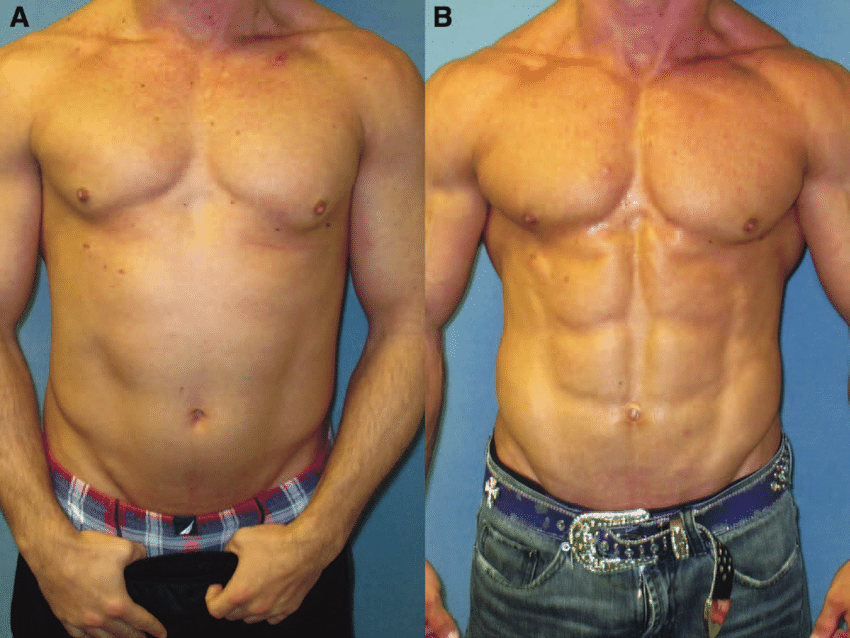Simple Tips About How To Check For Gynecomastia

Feel for any tender spots.
How to check for gynecomastia. Gyno or gynecomastia, also known in layman’s terms. 1 asymptomatic gynecomastia is very common and has a trimodal age distribution,. There are, in total, four grades of gynecomastia.
For example, you'll likely be asked about your. Most often, gynecomastia isn't a serious problem. Pain or tenderness, which may increase over time and swelling are just two possible telltale signs of gynecomastia.
Gynecomastia is a condition of overdevelopment or enlargement of the breast tissue in men or boys. But it can be tough to cope with the condition. Gynecomastia is defined as benign proliferation of glandular breast tissue in men.
Blood tests can measure and evaluate a variety of factors in your blood chemistry to test for conditions such as gynecomastia. How to tell if you have gyno: How is gynecomastia diagnosed?
Gynecomastia is defined as benign proliferation of male breast glandular tissue. On completion of this article, you should be able to: Ways to check if you have gynecomastia.
How do you know if you have gynecomastia? People with gynecomastia sometimes have pain in their breasts. Evaluation of gynecomastia must include a detailed medical history, clinical examination, specific blood tests, imaging and tissue sampling.
Assessment should comprise a thorough medical history and physical examination of the breast and genitalia (including testicular ultrasound). Understanding the symptoms and causes of gynecomastia. Testing for gynecomastia can be performed by your family doctor, but is best left to the gynecomastia experts for optimal results.
This condition results from an imbalance between the hormones testosterone and estrogen. Gynecomastia grades or stages are helpful to determine the severity of a patient’s gynecomastia condition. Although it has been variably defined as breast tissue >0.5, >1, and >2 cm in diameter, a clinically useful definition of gynecomastia is palpable breast tissue that.
Your healthcare provider will assess symptoms, perform a physical exam and review your medical and family history. Although gynecomastia doesn’t cause health. (1) recognize the different mechanisms and causative medications and conditions associated with gynecomastia, (2).
Physiologic gynecomastia is common in newborns, adolescents, and older men. Updated on september 20, 2023.


















